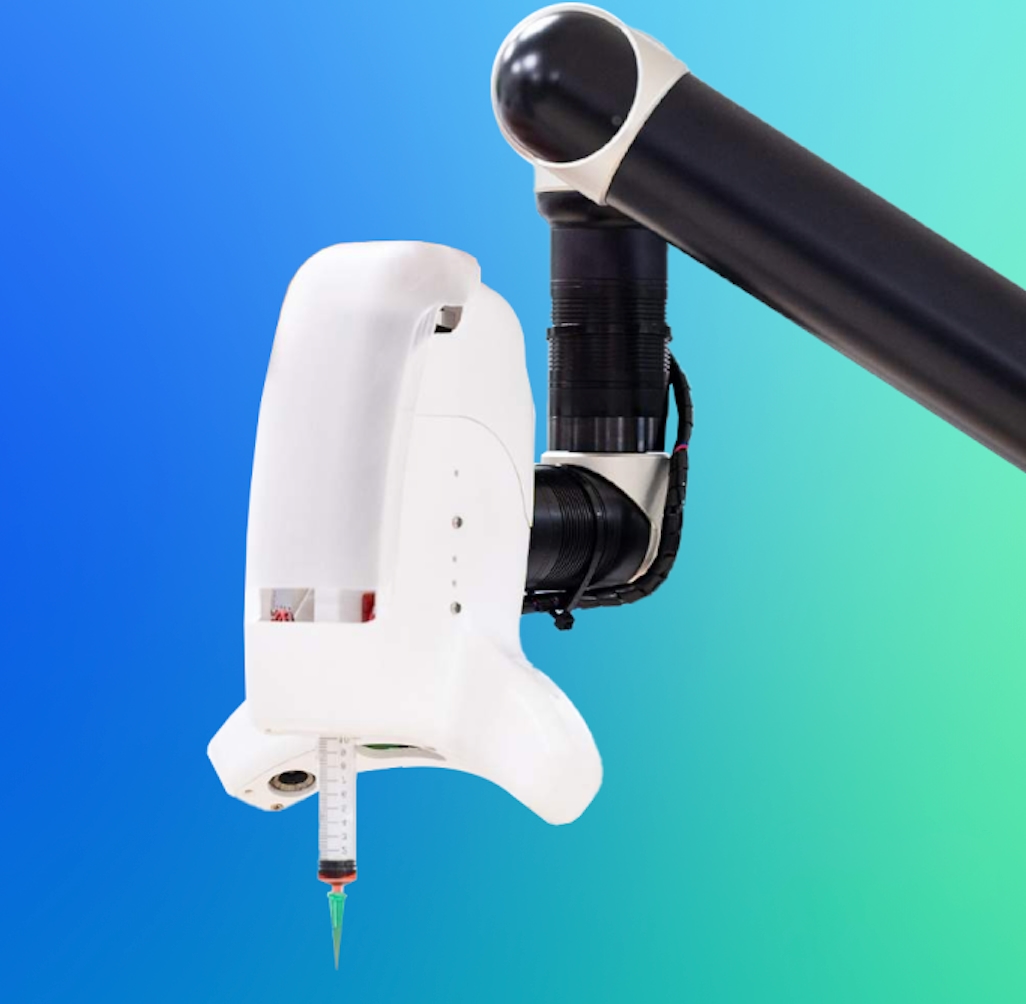Catalog
Search
211 products
View:
- Selected: 1Areas of use
- Selected: 0Item names
- Selected: 0Manufacturer
- Selected: 0Made in
- Selected: 0Additional
View:
211 products

“125 TBK” thermal vacuum chamber by SM Klimat
from
4 278 000 ₽
Thermal vacuum chamber TBK 125 is a test equipment for all types of studies where reproduction of modes is required: heat, cold, pressure. Specifications: Minimum stabilized temperature, °С — -70; Maximum stabilized temperature, °С — 150; Time to enter the mode, up to — Up to 2 hours; The accuracy of maintaining the temperature at the control point in the steady state is not worse, ° С - ± 1; Cooling type - Air; Discreteness of temperature indication, °С — 0.1; Operating temperature setting resolution, °С — 0.1; Permissible deviation, no more than , ° С - ± 1; Working pressure range (absolute value) mm. rt. Art. - From atmospheric ... to 1; Mode of operation - long-term; Programming the maximum shutdown temperature - yes; Viewing window - yes; Number of shelves, pcs. - 1; Load on the shelf no more than, kg - 40; Power supply - 380±20 V, three-phase, 50±0.5 Hz.
SPM KLIMAT
Saint Petersburg
Produced in: Saint Petersburg

Shaft furnace industrial SSHO-4.12/11
Designation
SSO-4.12/11
Power, kW
50
Diameter, mm
400
Height, mm
1200
Tula-Term
Tula
Produced in: Tula
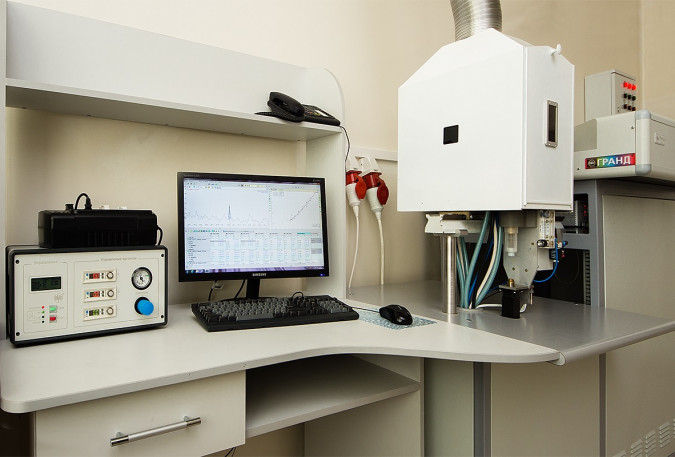
Two-jet arc plasmatron "Torch"
The plasmatron is designed for direct atomic emission spectral analysis of powder samples. The excitation of atoms occurs in a DC argon arc plasma. Weak matrix effects and low detection limits make it possible to use this excitation source for the analysis of various samples, both with mineral and organic matrix.
VMK OPTOELEKTRONIKA
Novosibirsk
Produced in: Novosibirsk
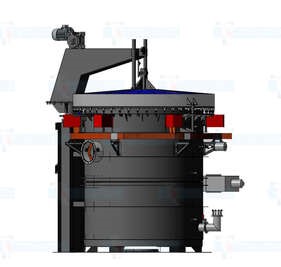
SNVS Vacuum Shaft Furnace-14.20/12- I3B
Electric Furnace SNVS-14.20/12- I3B is designed for medium vacuum heat treatment of parts made of carbon, stainless and high-strength steels (such as VT-1-0, OT-4, VT6C, VT-23, etc.), magnetic materials to obtain a light surface of the part, as well as quenching during vacuum cooling.
The furnace can be used with the maximum dimensions of the cage: diameter — 1400 mm, height — 2000 mm for annealing particularly precise axisymmetric parts (cones, cylinders, shells of double curvature).
• Execution of the electric furnace — shaft.
• The type of cage is monoblock or composite.
• The loading direction is vertical.
• Loading method — universal shop lifting mechanisms.
The furnace is controlled by an industrial controller with installed software.
The technological parameters of the product, the controls are displayed as a graphical mnemonic on the monitor. With touch control. It provides the setting of thermal parameters, the ability to save programs, the ability to save graphs by date, view and remove the archive to an external USB drive.
The technical process will be carried out according to the program entered into the control panel or PC of the vacuum electric furnace, with the ability to adjust the values of temperature, exposure time.
The electric furnace provides for operation in automatic and manual modes.
Tula-Term
Tula
Produced in: Tula

Electric arc installation for the analysis of powder samples by the method of spillage injection "Stream"
The installation is designed to excite atomic emission spectra of powder samples in an electric arc by the spillage-injection method. It provides high performance of routine analyses, has a low consumption of graphite electrodes and is used in conjunction with any spectral devices – "Grand", STE-1, DFS-458, MFS-8, PGS-2, etc.
VMK OPTOELEKTRONIKA
Novosibirsk
Produced in: Novosibirsk
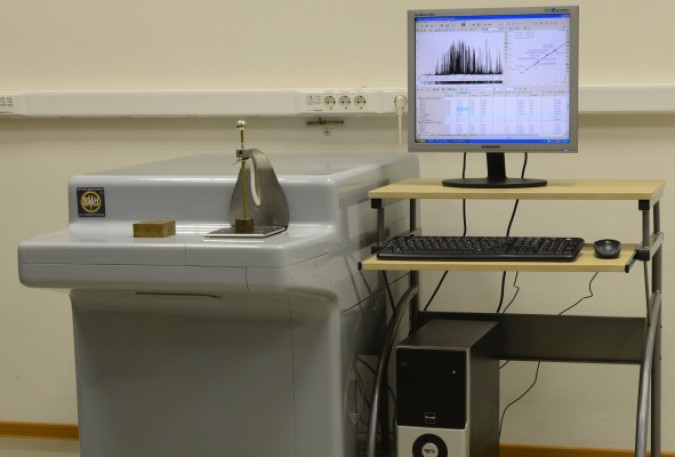
Grand Expert Vacuum Spectrometer
Vacuum spectrometers are designed for rapid analysis of alloys based on iron, copper, aluminum and other metals in factory and research laboratories, including the determination of elements having analytical lines in the field of vacuum ultraviolet (VUV) (for example, S, P and C in steels).
VMK OPTOELEKTRONIKA
Novosibirsk
Produced in: Novosibirsk
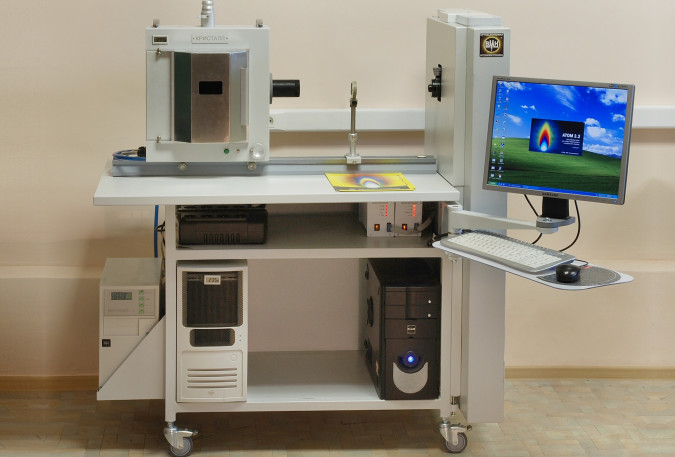
Universal spectrometer "Express"
The spectrometer is designed to perform quantitative and qualitative spectral analysis of various substances and materials (powders, metals, solutions) in factory and research laboratories.
The spectrometer is compact due to the vertical arrangement of the Paschen-Runge optical system. It consists of two MAES analyzers with 10 lines of photodiodes installed on a circle with a radius of 520 mm, a non-classical concave diffraction grating, a special table with a built-in computer and a spectrum excitation source.
VMK OPTOELEKTRONIKA
Novosibirsk
Produced in: Novosibirsk
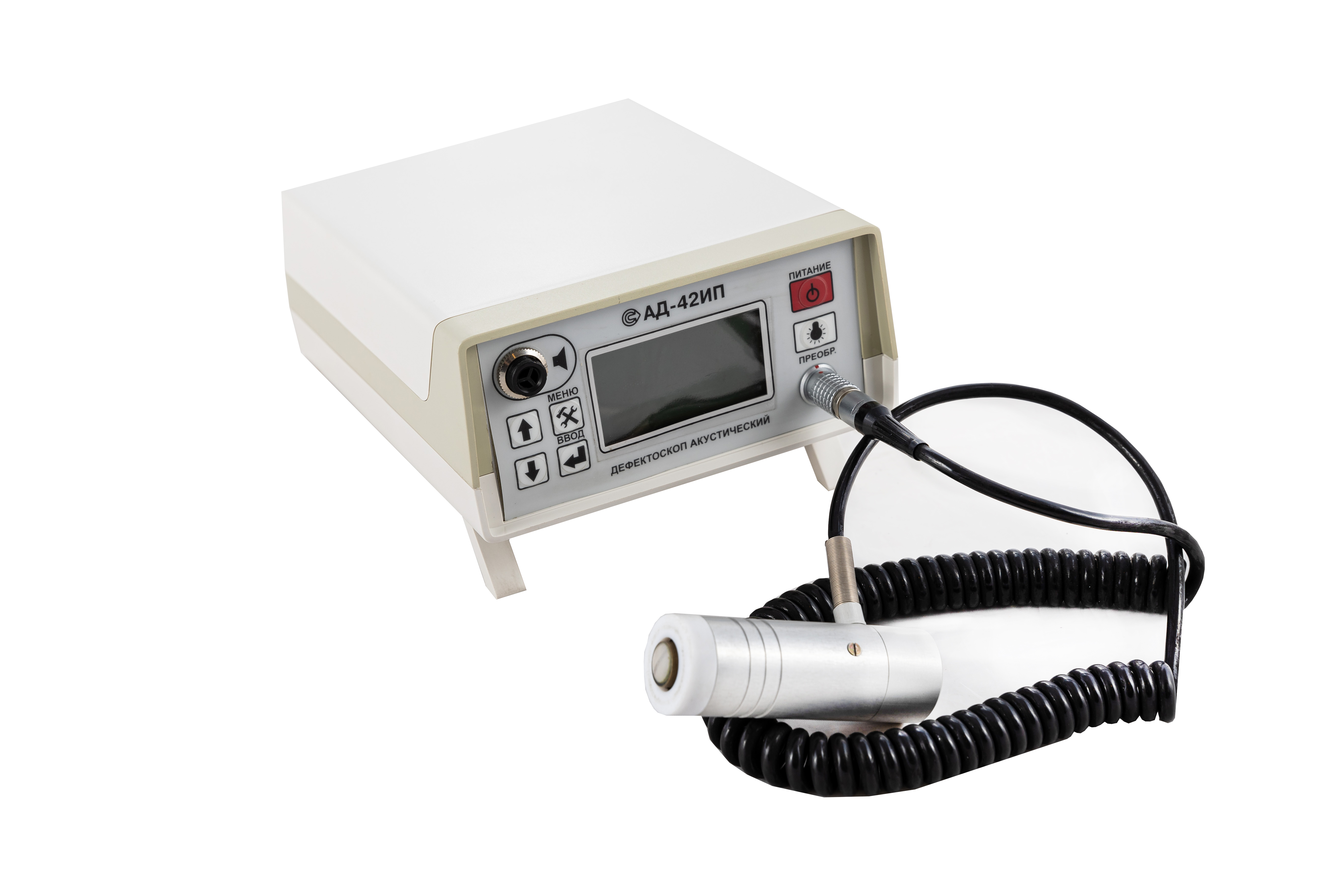
AD-42IP Acoustic Flaw Detector
from
442 500 ₽
It is especially effective for use in products made of composite materials (including with honeycomb filler).
Distinctive features:
The AD-42 IP is a compact acoustic system sensitive to changes in mechanical impedance caused by product defects. The indication of the device indicates that there are voids, non-adhesives, delaminations or changes in the structure of composite materials (including with honeycomb filler and laminated plastics) under the sensor.
The device is used to monitor various materials and their combinations.
The energy consumption of the unit is low because the converter is switched on when the sensor is placed on the monitored product.
Being light enough, the device allows you to perform monitoring in hard-to-reach places or in confined spaces.
The results of the control can be stored in the built-in non-volatile memory and transferred to a PC.
Converters
Options: - 3 types of converters for various tasks
Emitters: - 1 or 2 on each converter
Switching-on: - The converters are switched on when they are placed on a controlled object.
Technical characteristics:
Weight, kg: 0.73
Dimensions, mm: 210x150x70
Power supply: 4 AA batteries
Work without recharging the battery, h: 8
Battery discharge visual indication
The defect alarm is visual on the converter and audible on the instrument panel (or) in headphones.
RII MNPO SPEKTR
Moscow
Produced in: Moscow
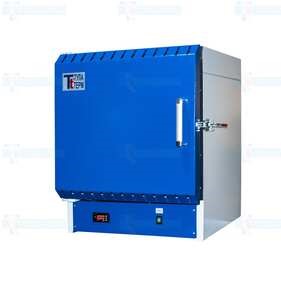
Laboratory electric furnace CHO-40
from
347 688 ₽
Designation
SNO-40
Volume, l
40
The material of the working chamber
is ceramic
Heating
4 sides
Power consumption, W, max
10000
Minimum operating temperature, 0C
100
Tula-Term
Tula
Produced in: Tula
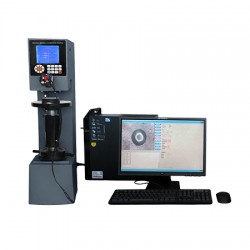
Metolab 603 Brinell Hardness Tester
METOLAB 603 is a stationary device designed to measure hardness by the Brinell method of various materials and products (steels, cast iron, non–ferrous metals, soft alloys, etc.). The METOLAB 603 hardness tester is a fully automatic device equipped with an electromechanical loading system, as well as an electronic load switch. Other features of the device include automatic focusing, a large and bright LCD display (on the device itself), full Russian interface.
It is also worth mentioning that the basic package of delivery of the METOLAB 603 hardness tester includes a personal computer with software for the full processing of the information received.
Due to its characteristics, the stationary Brinell hardness tester METOLAB 603 can be used in a wide variety of industries and production, as well as in educational institutions of various levels in the training of specialists.
The stationary Brinell METOLAB 603 hardness tester is included in the State Register of Measuring Instruments of Russia (GRSI) and comes with a certificate of primary verification (on request). The number in the GRSI is 65684-16.
Distinctive features of the stationary METOLAB 603 Brinell hardness tester:
Carrying out measurements in fully automatic mode;
Wide range of measured values, high repeatability of results;
Simple and intuitive interface;
Built-in electronic switch of the value of the applied load;
LCD display with all the necessary information in Russian (on the device itself, in addition to the PC display);
A digital micrometer that allows you to automatically read the hardness value without using conversion tables. The minimum price of dividing a micrometer is 0.00125 mm.
Basic package of delivery:
Stationary METOLAB 603 hardness tester;
Personal computer (for detailed characteristics of the device, please contact our specialists);
Micrometer;
Indenter with carbide ball (10; 5; 2.5 mm) - 1 pc.;
Large flat table;
Small flat table;
V-shaped table;
Brinell hardness measures - 1 set;
User Manual.
Metolab
Moscow
Produced in: Moscow
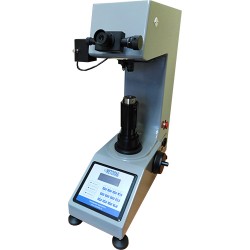
Metolab 421 Vickers Hardness Tester
METOLAB 421 is a stationary Vickers hardness tester with an automatic loading system and digital display, designed to measure hardness parameters according to the specified method in accordance with GOST R ISO 6507-1-2007 of materials such as steel, cast iron, non–ferrous metals, soft alloys, etc. The stationary METOLAB-421 hardness tester is equipped with an electronic switch of the magnitude of the applied load, as well as allows you to enter diagonal length values from the control panel, followed by automatic calculation of hardness.
The METOLAB 421 hardness tester has high accuracy and repeatability of results, a wide range of measurements. The device is included in the State Register of Measuring Instruments of the Russian Federation (GRSI) and comes with a certificate of primary verification (on request). The entry number in the GRSI is 67656-17.
Distinctive features of the stationary METOLAB 421 Vickers hardness tester:
Simple and intuitive control system;
Wide range of measured values – from 5 to 2500 HV;
Wide range of test loads: 0.3 kg (2.94 N); 0.5 kg (4.9 N); 1 kg (9.8 N); 2 kg (19.61 N); 3 kg (29.4 N), 5 kg (49 N), 10 kg (98 N);
The price of dividing the scale of the reference microscope: 0.5 microns at 200x, 1 microns at 100x;
The stationary METOLAB 421 hardness tester is equipped with an electronic switch of the magnitude of the applied load;
A bright and clear LCD display provides a display of the selected scale, the set load, exposure time, test mode and other service information;
The METOLAB 421 device is equipped with an electromechanical drive for applying and removing the main load;
High accuracy and repeatability of measurements.
Basic delivery package:
Stationary METOLAB 421 hardness tester;
Standard Vickers hardness test - 2 pcs.;
Flat desktop;
V-shaped desktop;
10x micrometer;
10x and 20x microscope lenses;
Diamond indenter with an angle at the top of 136°;
User Manual.
Metolab
Moscow
Produced in: Moscow

Chamber low–temperature electric resistance furnace CHO-5.5.6/5-In
Designation: SNO–5.5.6/5-In
Power supply: 380+N+PE
Power: 18 kW
Temperature: 500
Camera size (SHGV):
500x500x600 Door opening: manual
Regulation zones: 2
Fan: Yes
Tula-Term
Tula
Produced in: Tula
